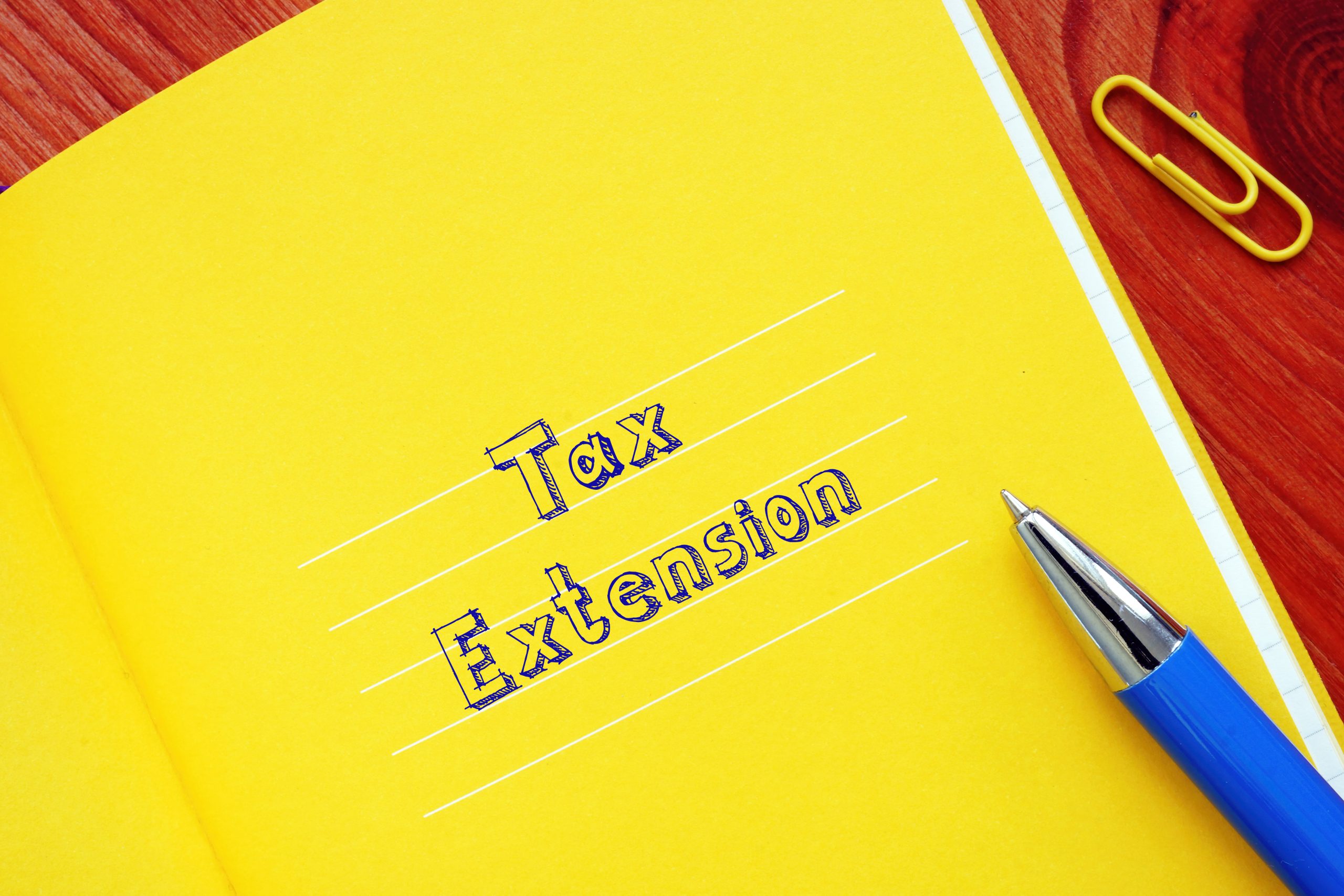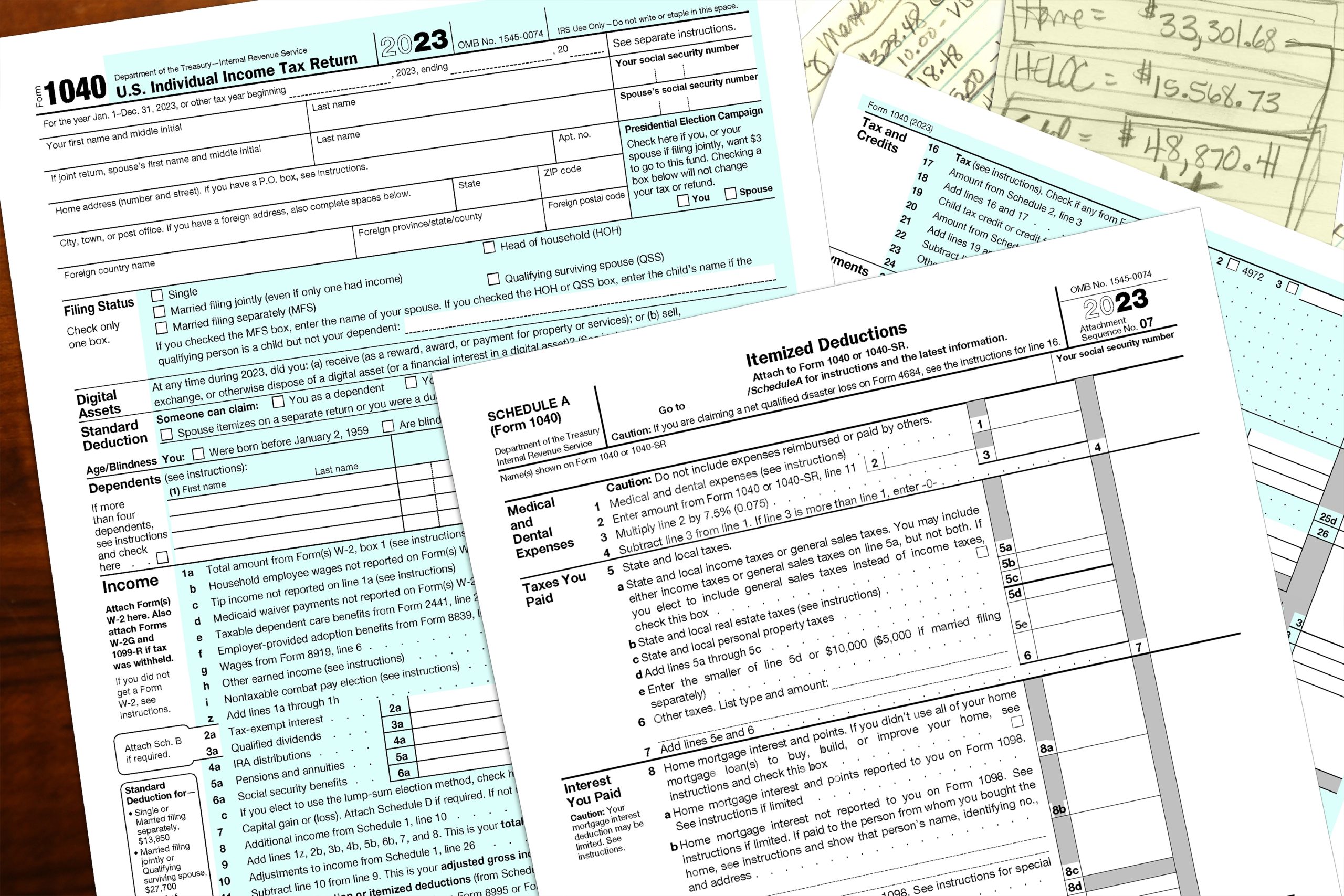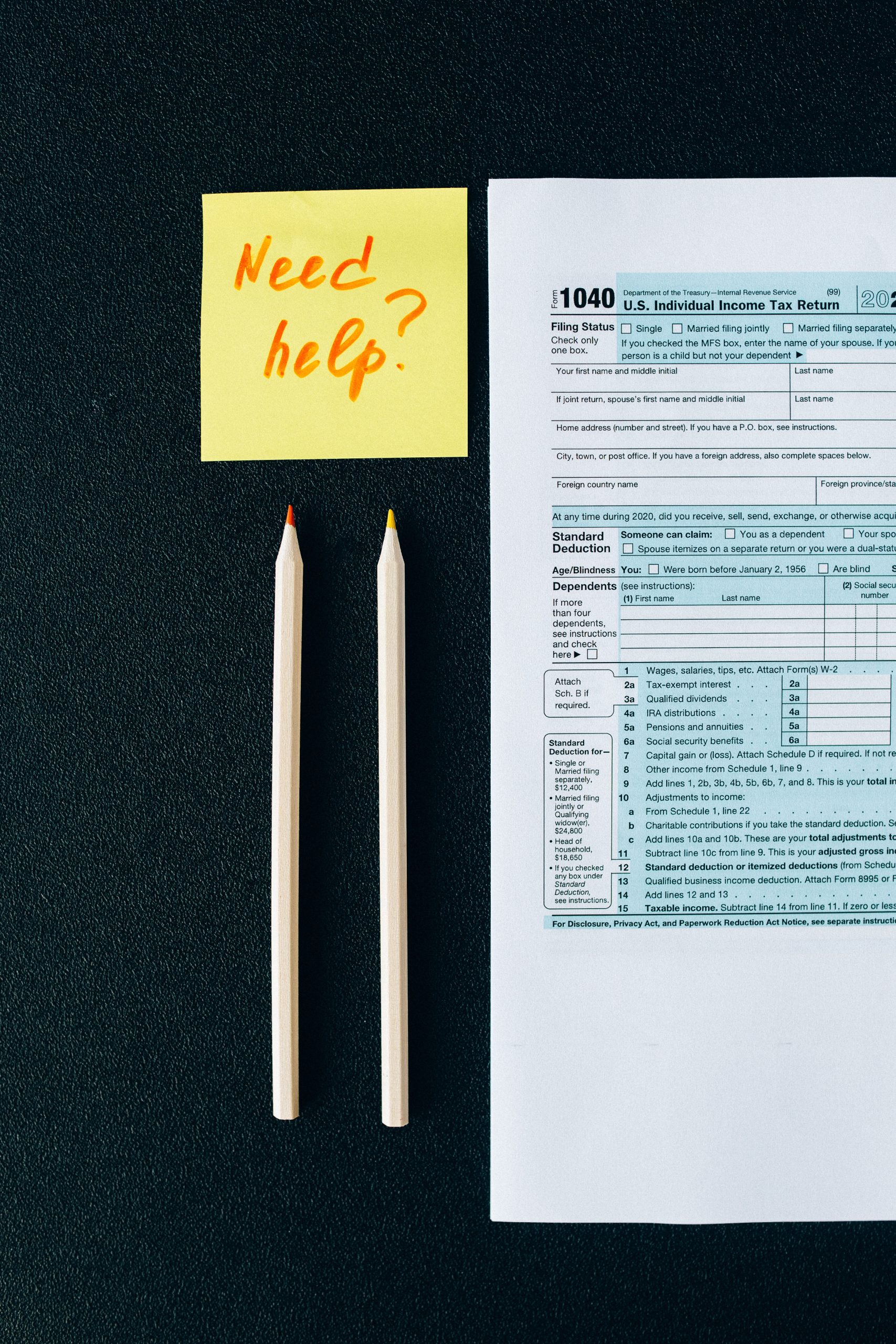Introduction
Understanding tax withholdings can seem like an onerous task, but it’s an essential part of managing your finances. This guide will help you understand what tax withholding is, why it’s important to check your withholding, when to do so, and how to calculate and adjust your withholding.
What is Tax Withholding?

Tax withholding is the process by which employers deduct money from your paycheck to pay taxes directly to the IRS in your name. This is a pay-as-you-go tax, meaning you pay the tax as you earn or receive income during the year. It’s essentially a way for the government to ensure that they receive their share of your income throughout the year, rather than waiting until tax time.
Why Check Your Withholding?
The main reasons why you should check your withholding:
1. Avoiding Unexpected Tax Bills: If too little tax is withheld from your paycheck, you could end up owing a significant amount of money when you file your taxes.
2. Maximizing Your Paycheck: If too much tax is withheld, you might get a large refund at tax time. While this might feel like a bonus, it’s actually an interest-free loan to the government. Adjusting your withholding can put more money in your pocket each paycheck.
When to Check Your Withholding
While it’s a good idea to check your withholding annually, certain life events can also trigger the need for a check. These include:
Change in Marital Status: Getting married or divorced could significantly impact your tax situation. Adjusting your withholdings to reflect your current marital status ensures accurate tax calculations.
Addition to the Family: Welcoming a new child or adopting can affect the amount of tax you owe or the refund you receive. Updating your withholdings can help account for these changes.
Income Fluctuations: If you or your spouse experience a significant change in income, it’s a prudent step to re-evaluate your withholdings to avoid any unpleasant surprises during tax season.
Buying a Home: Homeownership comes with various tax deductions. Adjusting your withholdings can help optimize your tax situation.
Retirement: Getting closer to retirement may alter your income and tax situation. Adjusting your withholdings accordingly is essential to reflect these changes accurately.
If any of these events occur, check your withholding, and adjust as needed.
How to Calculate Your Withholding

Start by understanding your tax situation. Know your filing status, the number of jobs you have, and any other income you might be receiving.
Next, gather all necessary documents. Have your recent pay stubs, your latest tax return, and Form W-4 at your fingertips.
Now, a very handy tool to use is the IRS Tax Withholding Estimator. This online tool provides personalized recommendations based on your financial scenario. It’s user-friendly and guides you step by step to figure out the accurate amount to withhold.
Alternatively, if you’re a fan of DIY, you can refer to the IRS Tax Withholding Tables provided in Publication 15-T on the IRS website. This table shows how much federal income tax should be withheld based on your income and filing status.
One method to calculate your withholding is the Wage Bracket Method. This method uses the IRS tables to find the amount to withhold based on your wages, marital status, and the number of allowances claimed on Form W-4. It’s straightforward, but if your taxable wages exceed the limits shown in the table, consulting a tax professional might be a wise decision.
On the other hand, the Percentage Method is a bit more involved but also a viable way to determine your withholding, following the steps which are also provided in IRS Publication 15-T. This method involves a series of calculations to find the correct withholding amount based on your taxable wages and the value of allowances.
Tax matters can get a bit complex, and it’s always a good idea to seek professional guidance if you’re unsure. If you ever need help or just want some guidance, feel free to consult FileSmart. As a FileSmart member, you can ask our experts 5 questions/month. Our team of professionals is on standby to help make sure you’re withholding the perfect amount.
How to Adjust Your Withholding

If you want to change your withholding, complete a new Form W-4 or W-4P and submit it to your employer (or whoever pays you).
You will need to input your personal information (name, address, Social Security number, and filing status).
If you have another job, or you file jointly and your spouse works, you can report this on the form to have additional tax withheld. You’ll also want to report any qualifying children or other dependents.
Lastly, you can opt to have extra money withheld. (For example, if you have a side gig where taxes are not automatically withheld.)
You can also use the results from the Tax Withholding Estimator or a projected tax return to help determine your desired amount. Your employer or payer must implement the change within 30 days.
Conclusion
Calculating your tax withholdings may seem convoluted at first, but with some preparation and understanding, it becomes a manageable task you can handle confidently. It’s wise to regularly check and adjust your withholdings to ensure that you’re neither overpaying nor underpaying your taxes throughout the year. And remember, FileSmart’s team of trained tax professionals is always here to provide guidance and support whenever you need it, making the task of calculating your withholding even easier to check off your to-do list. Click here to get started.































0